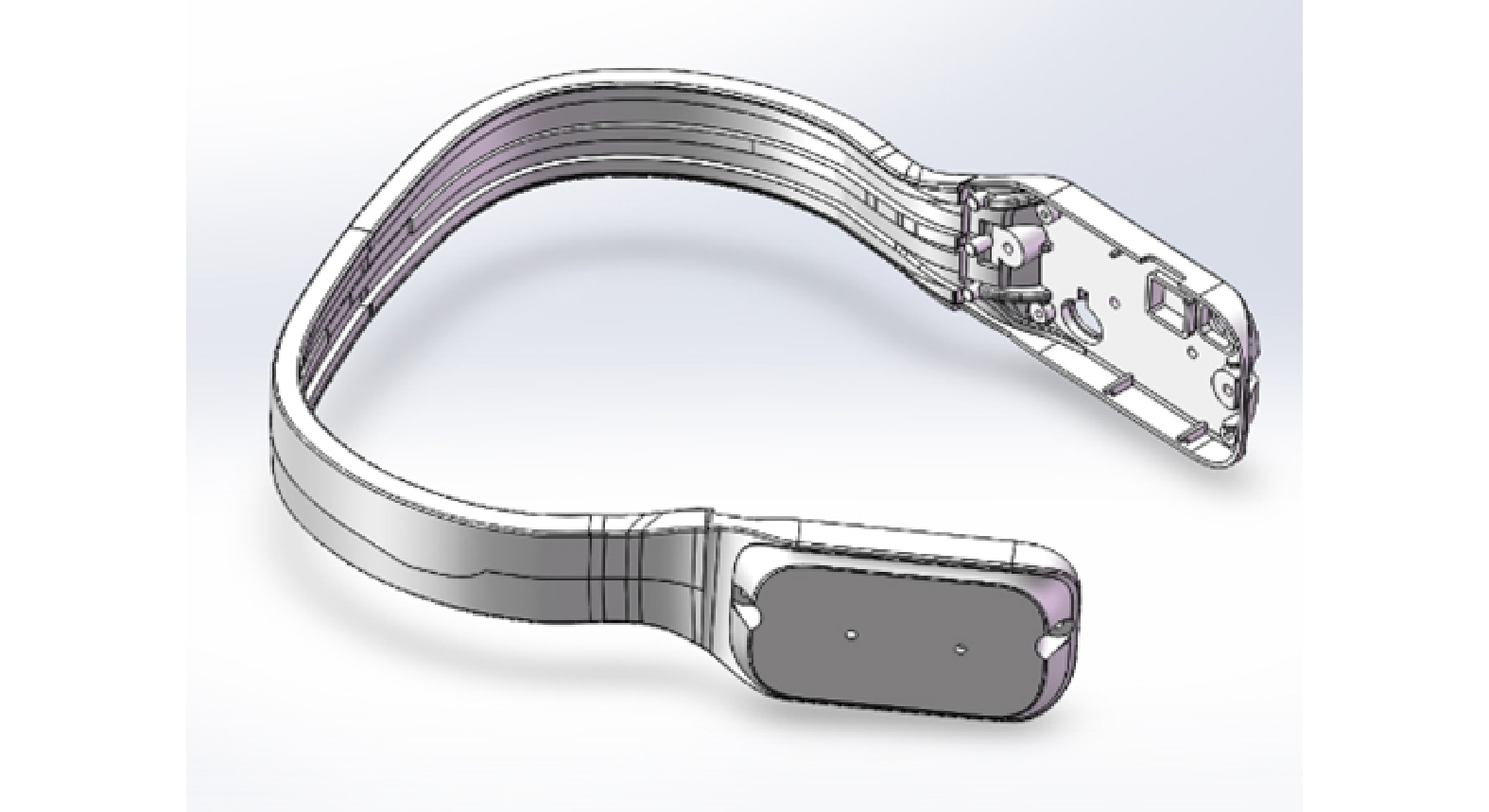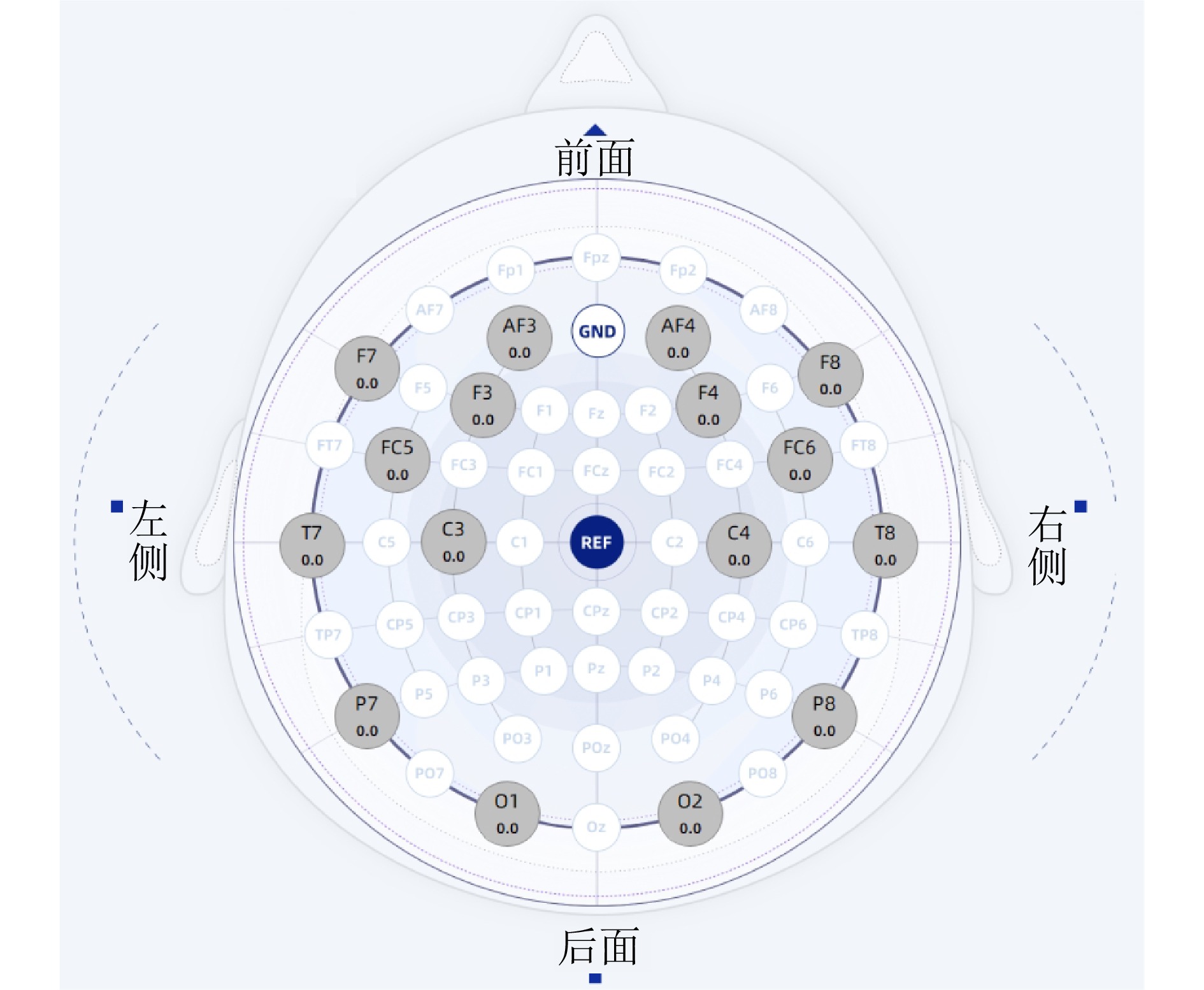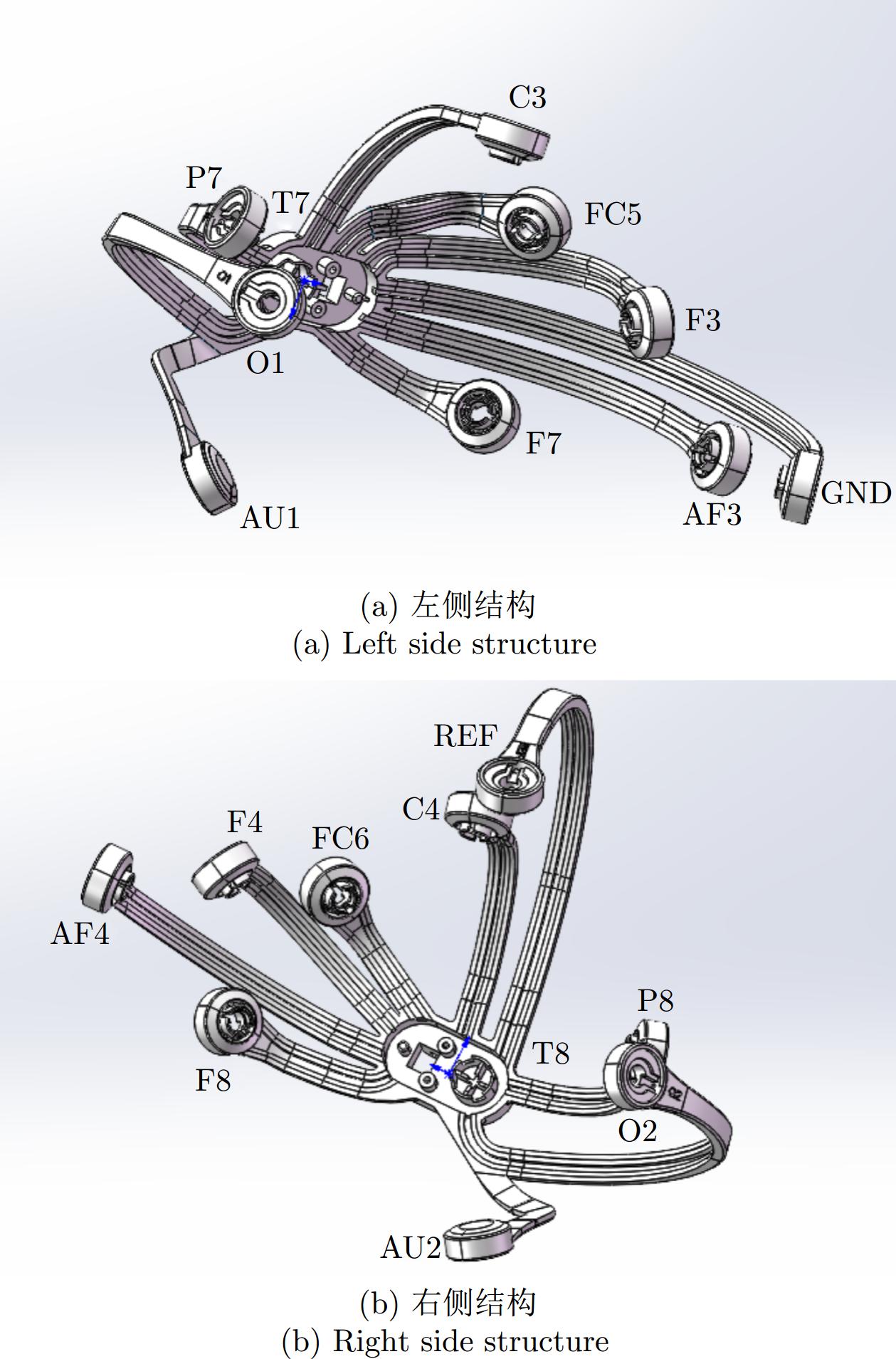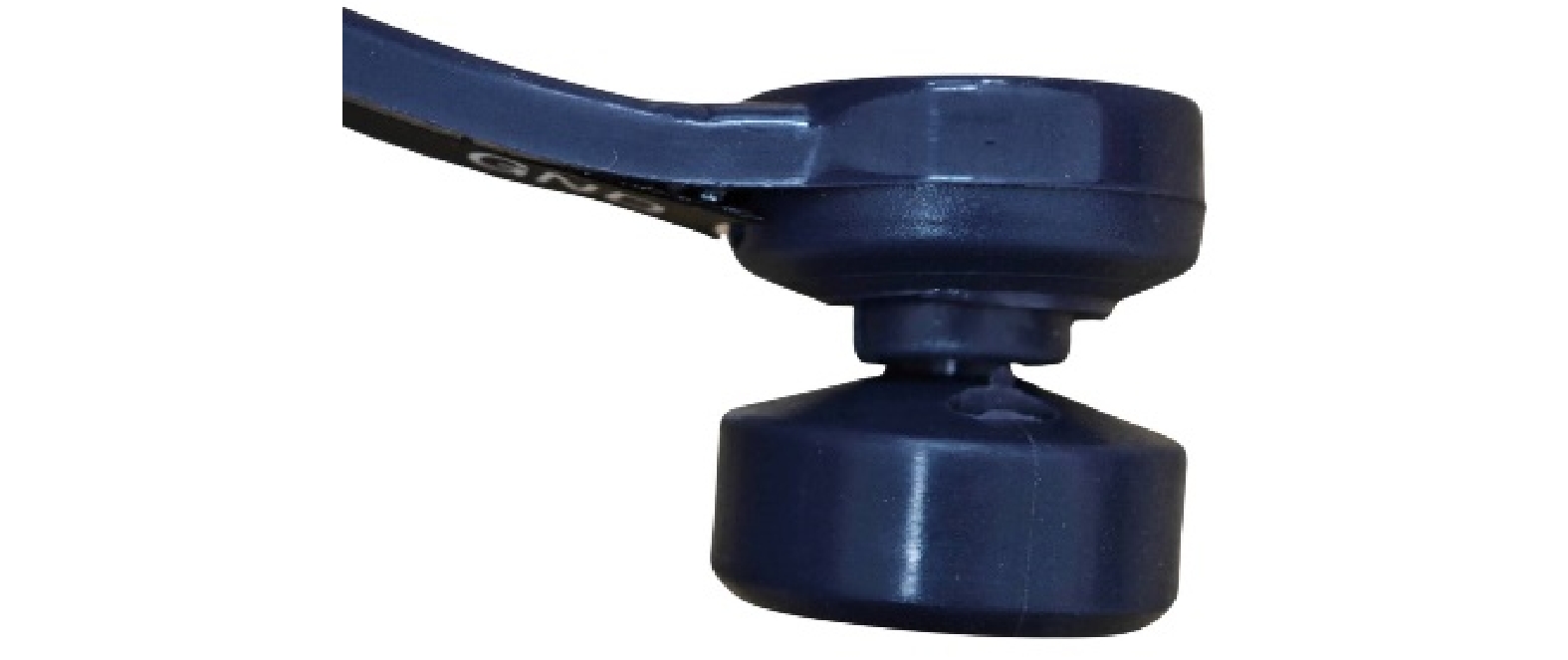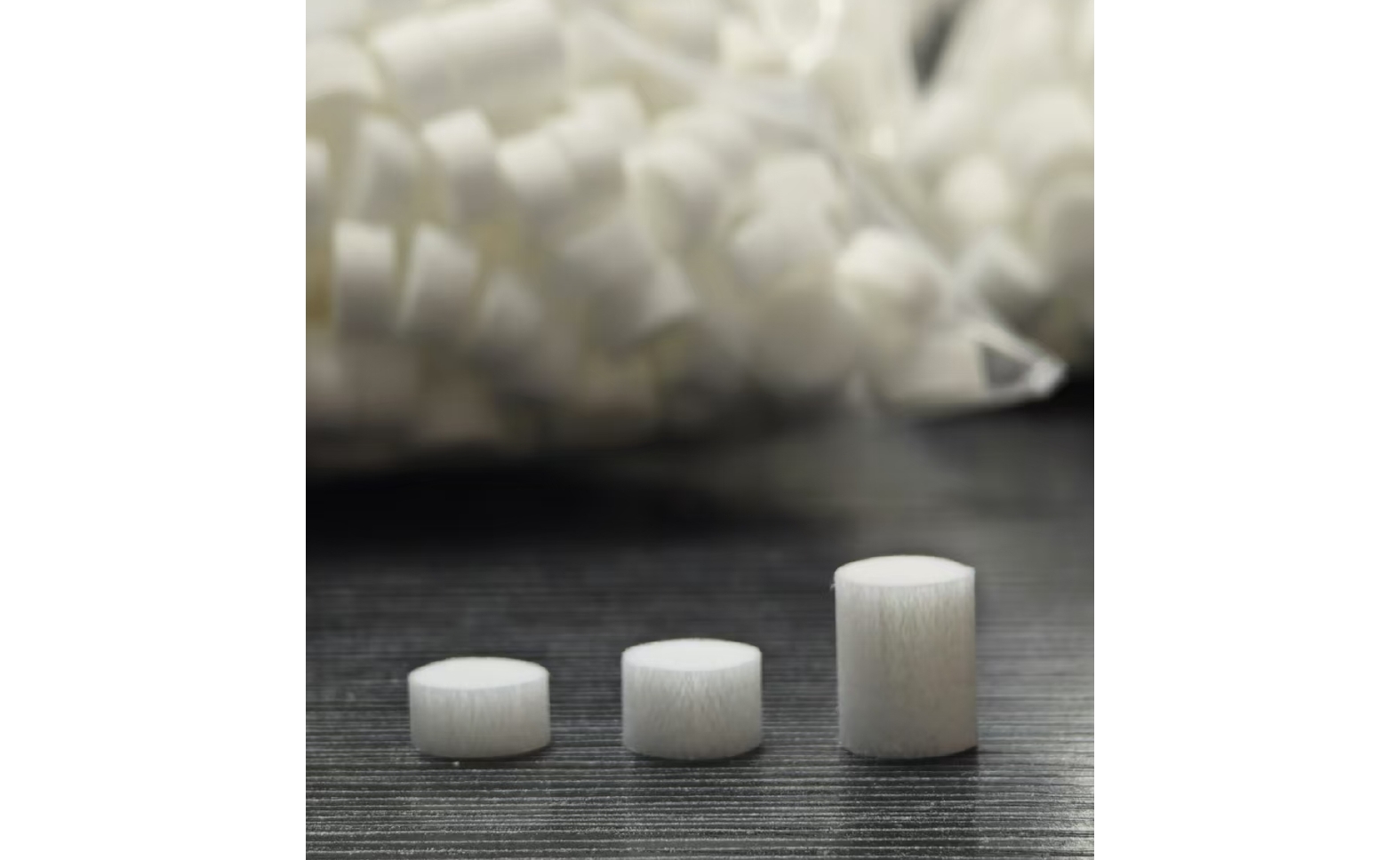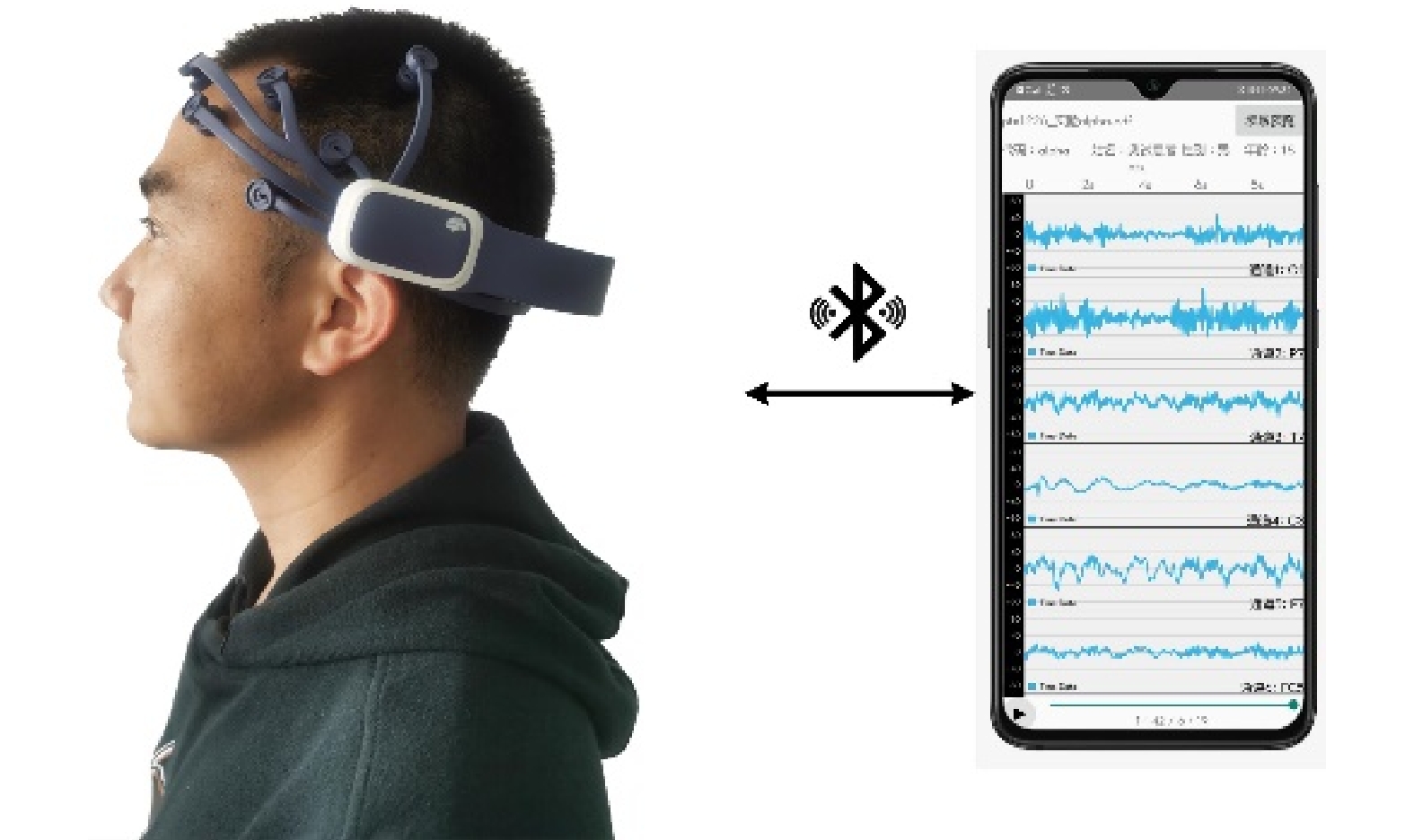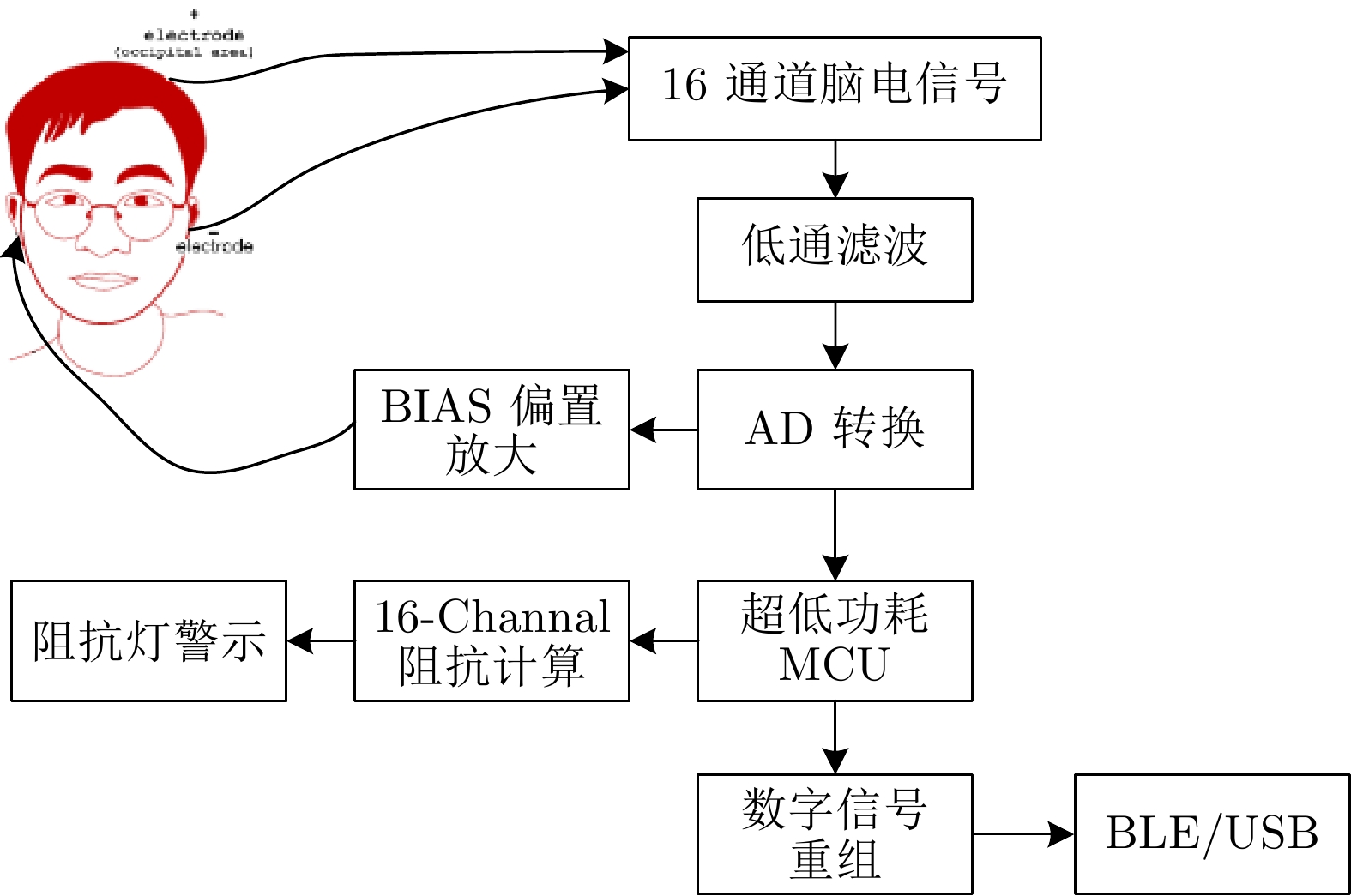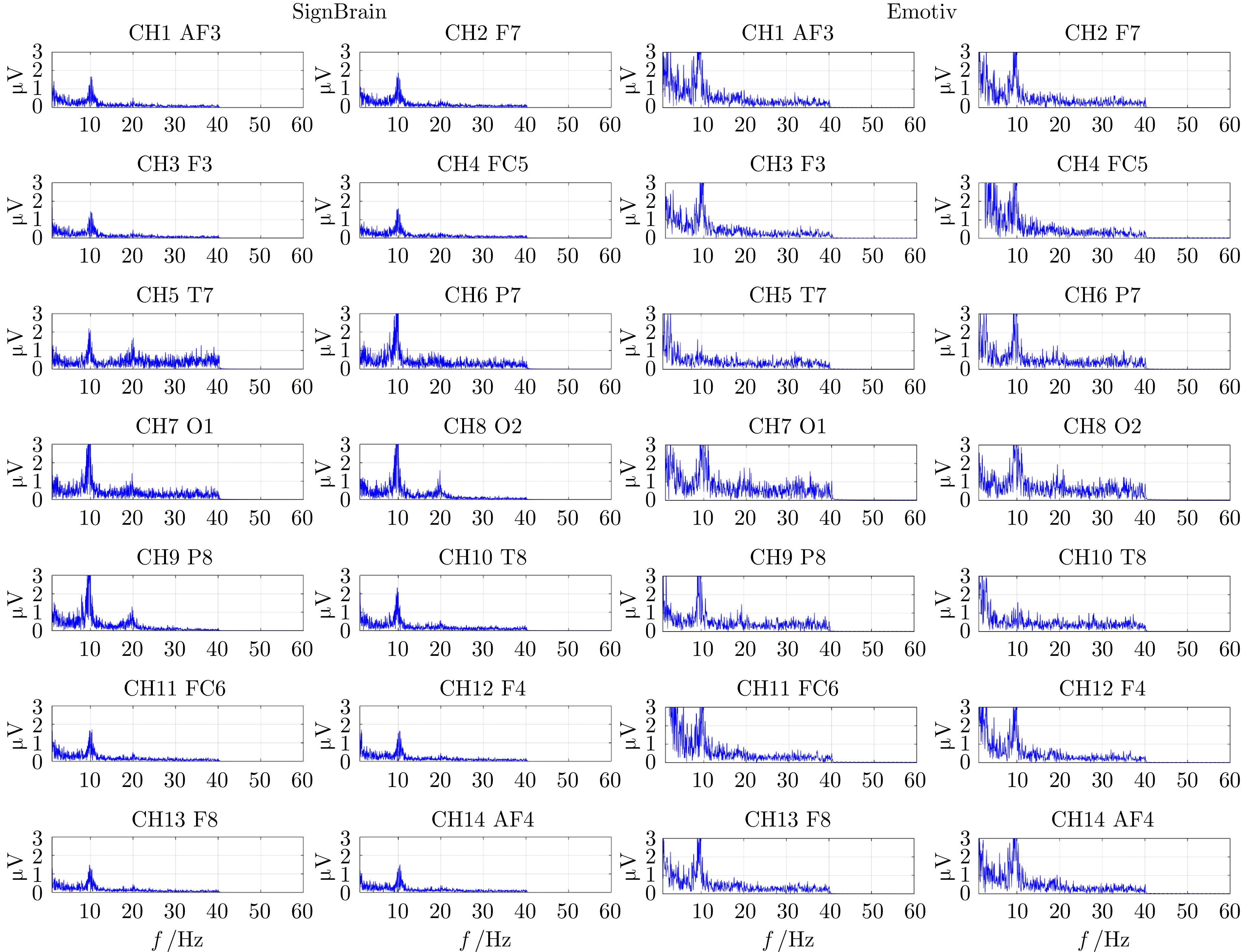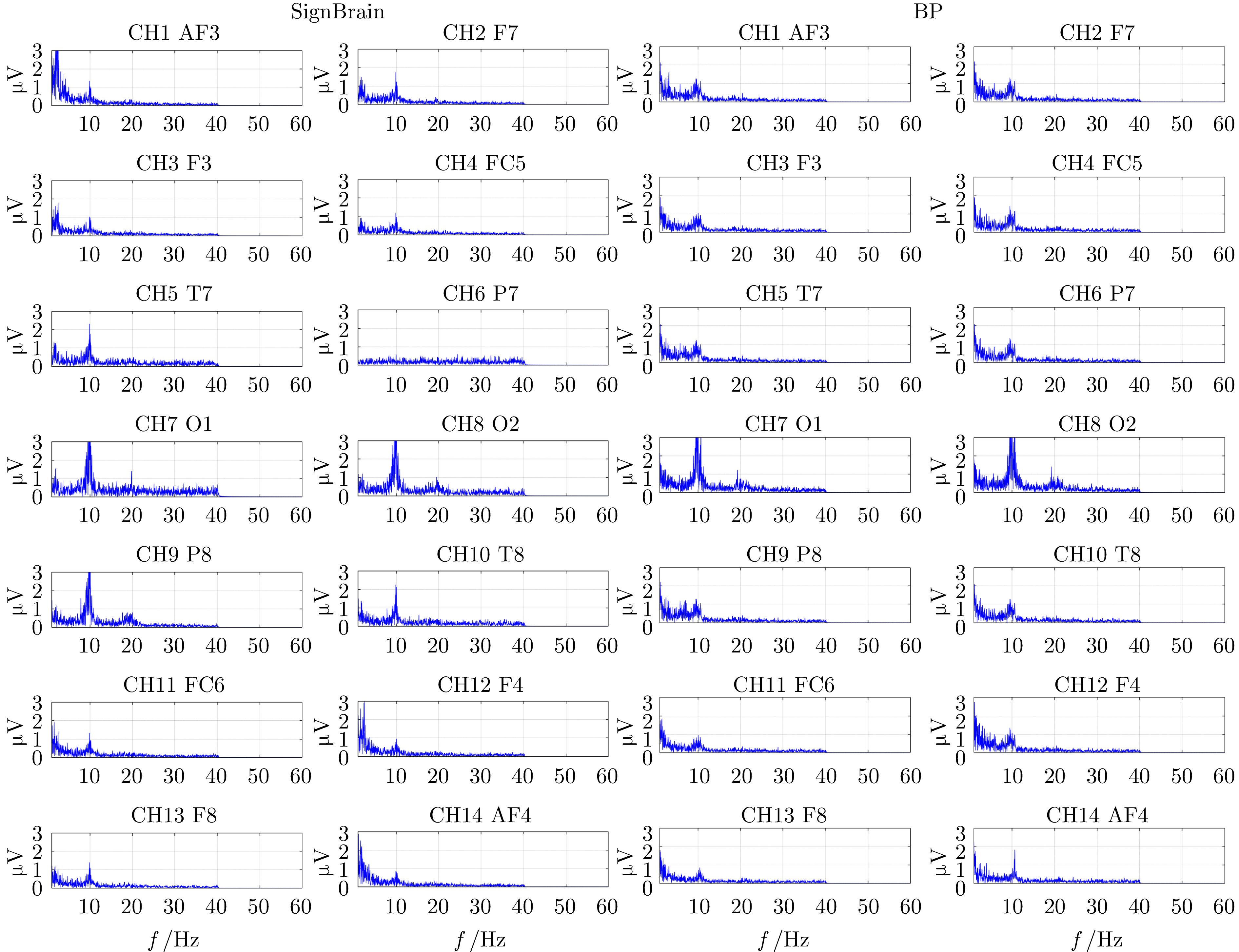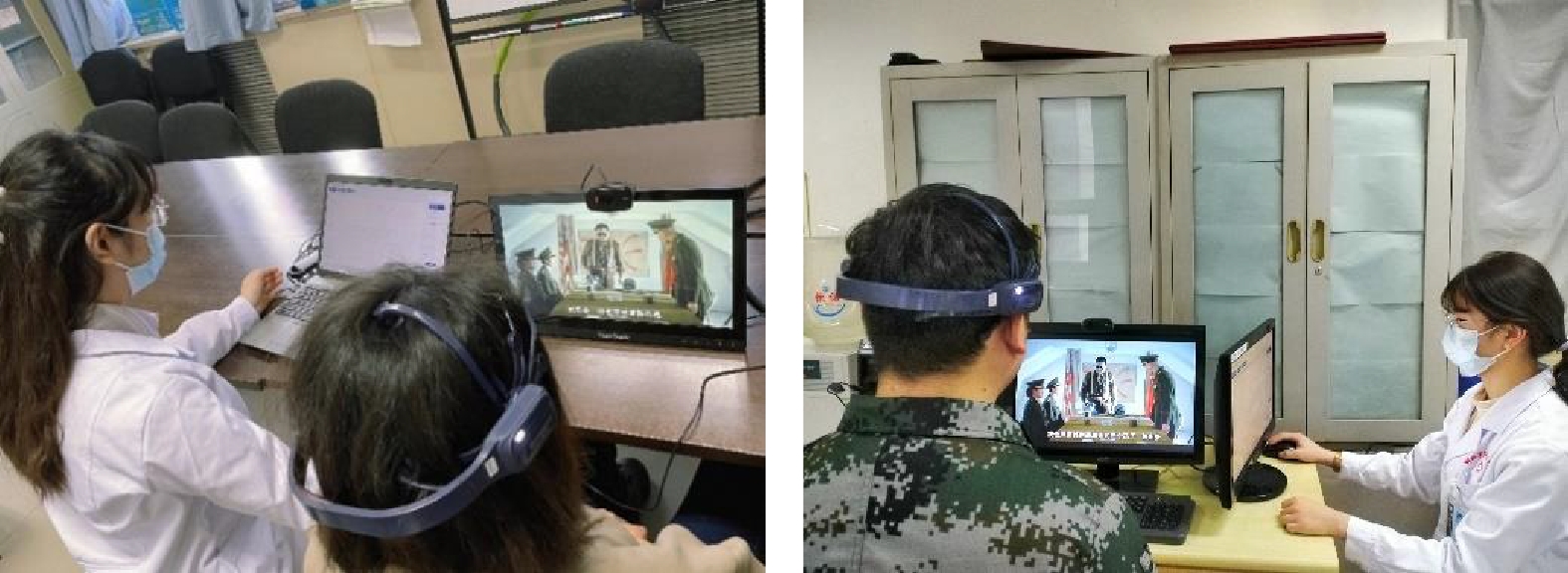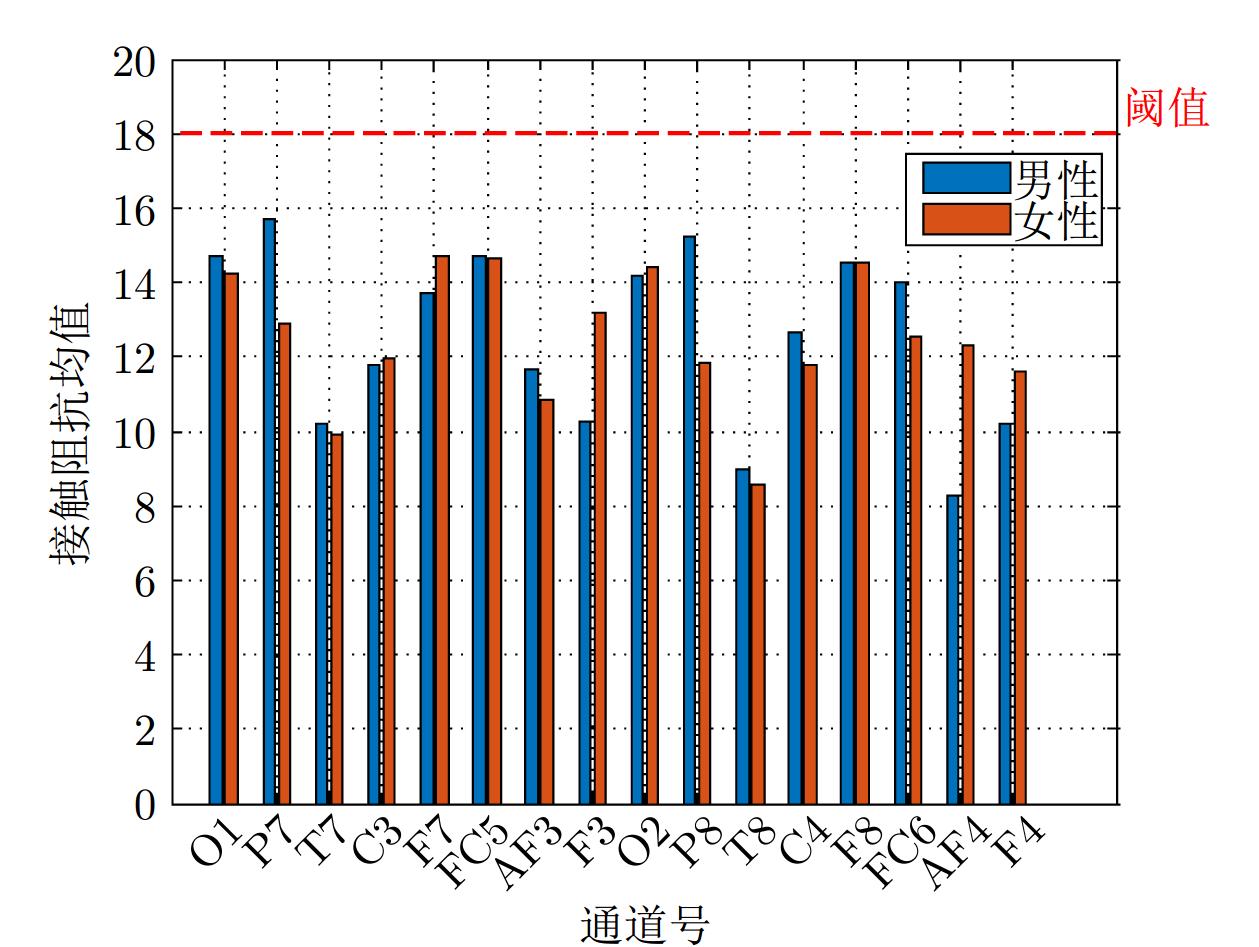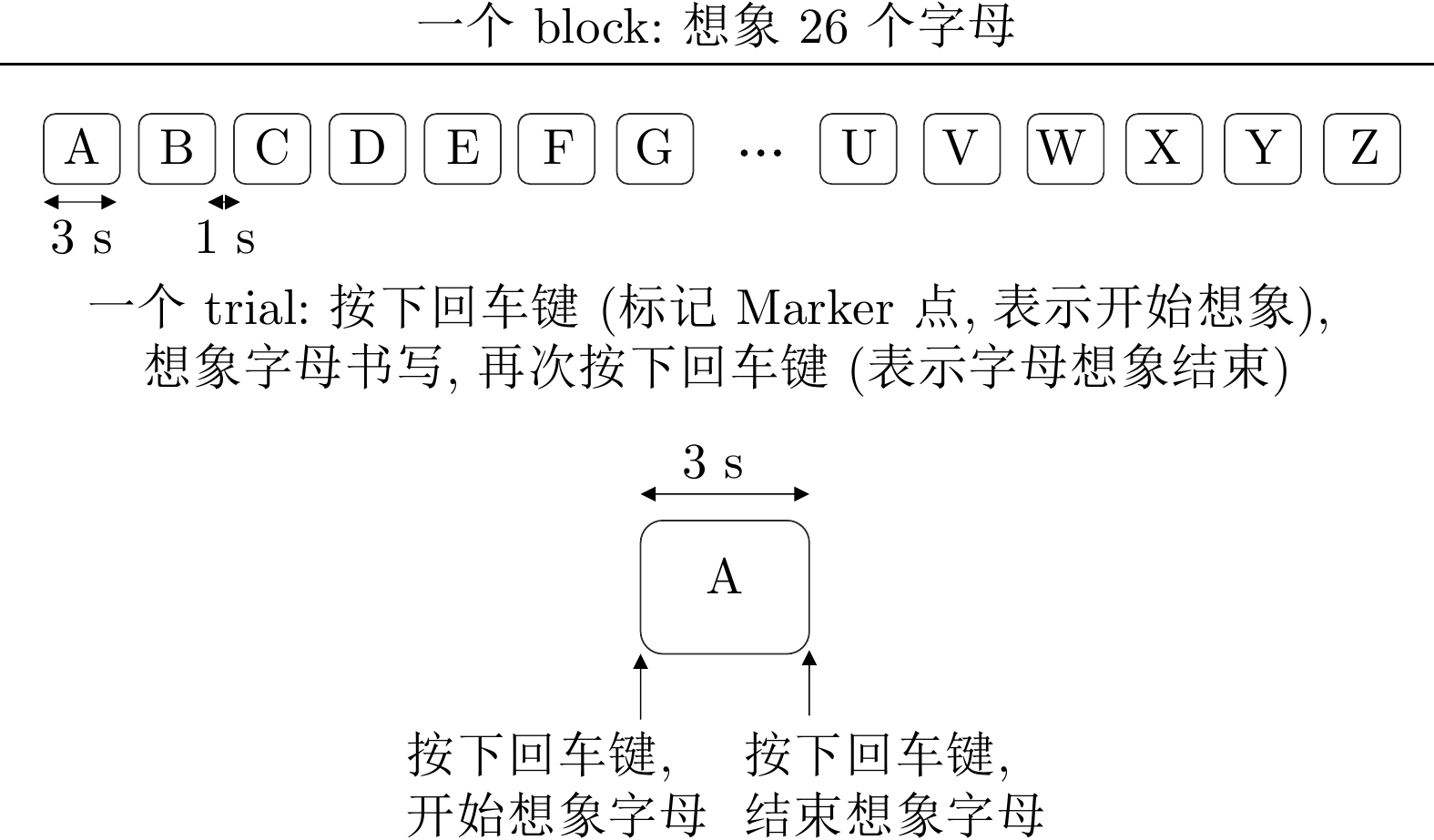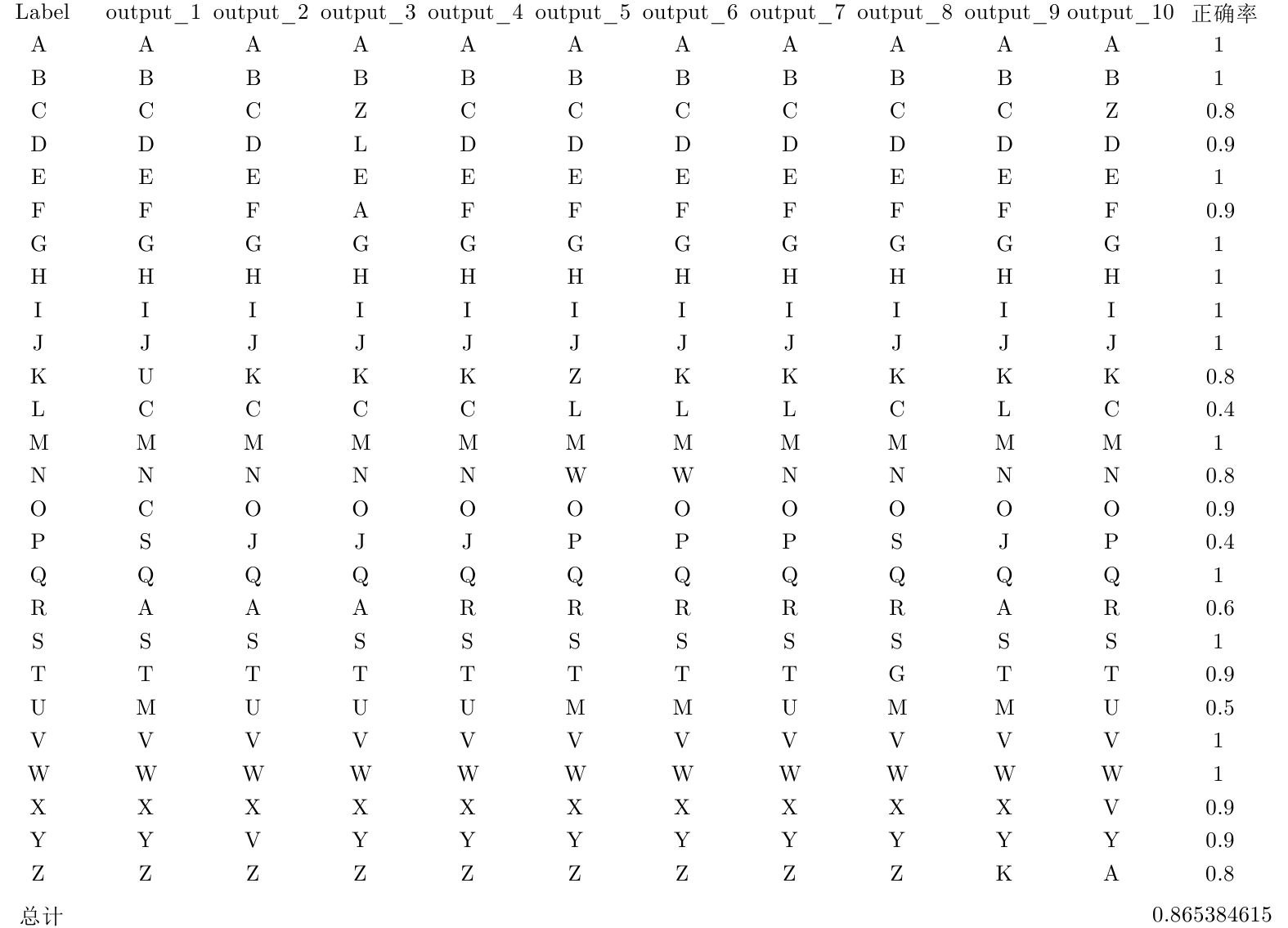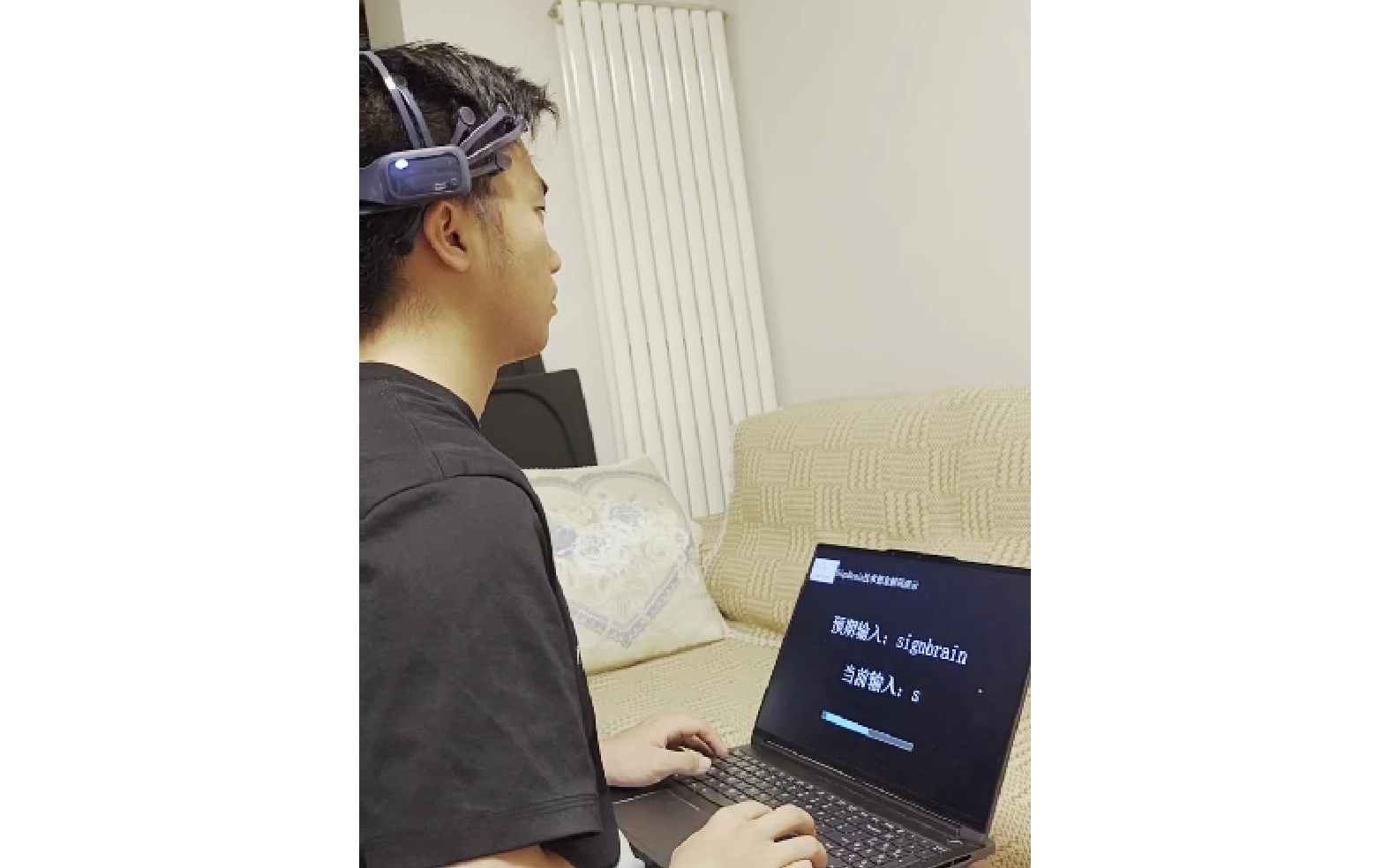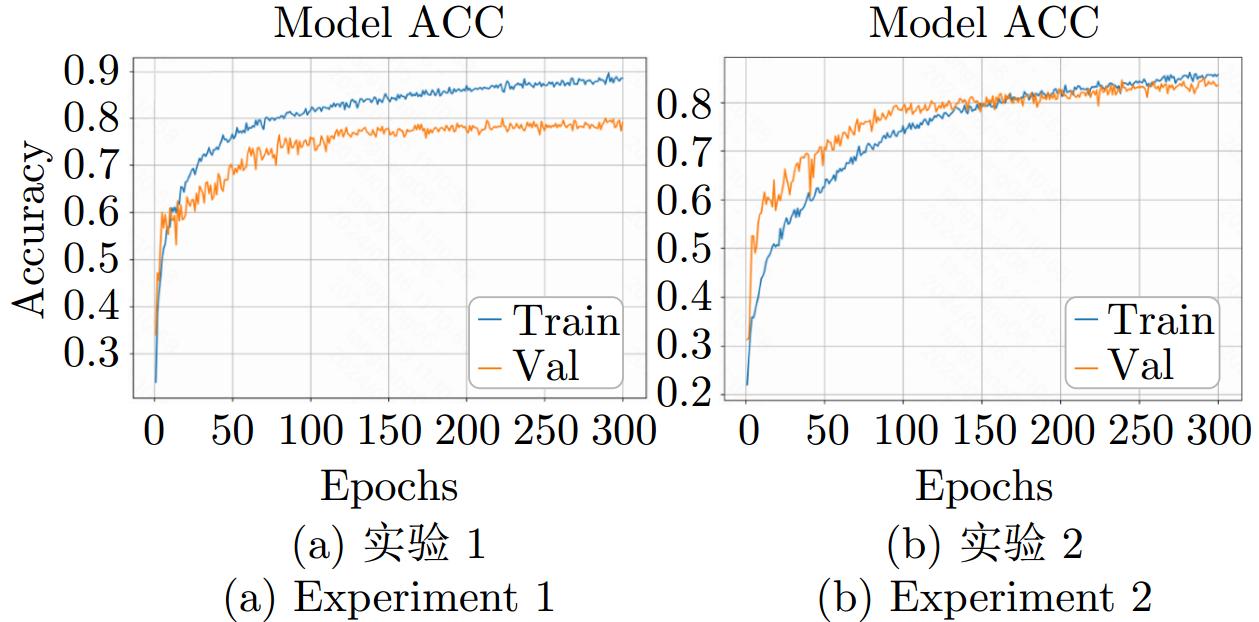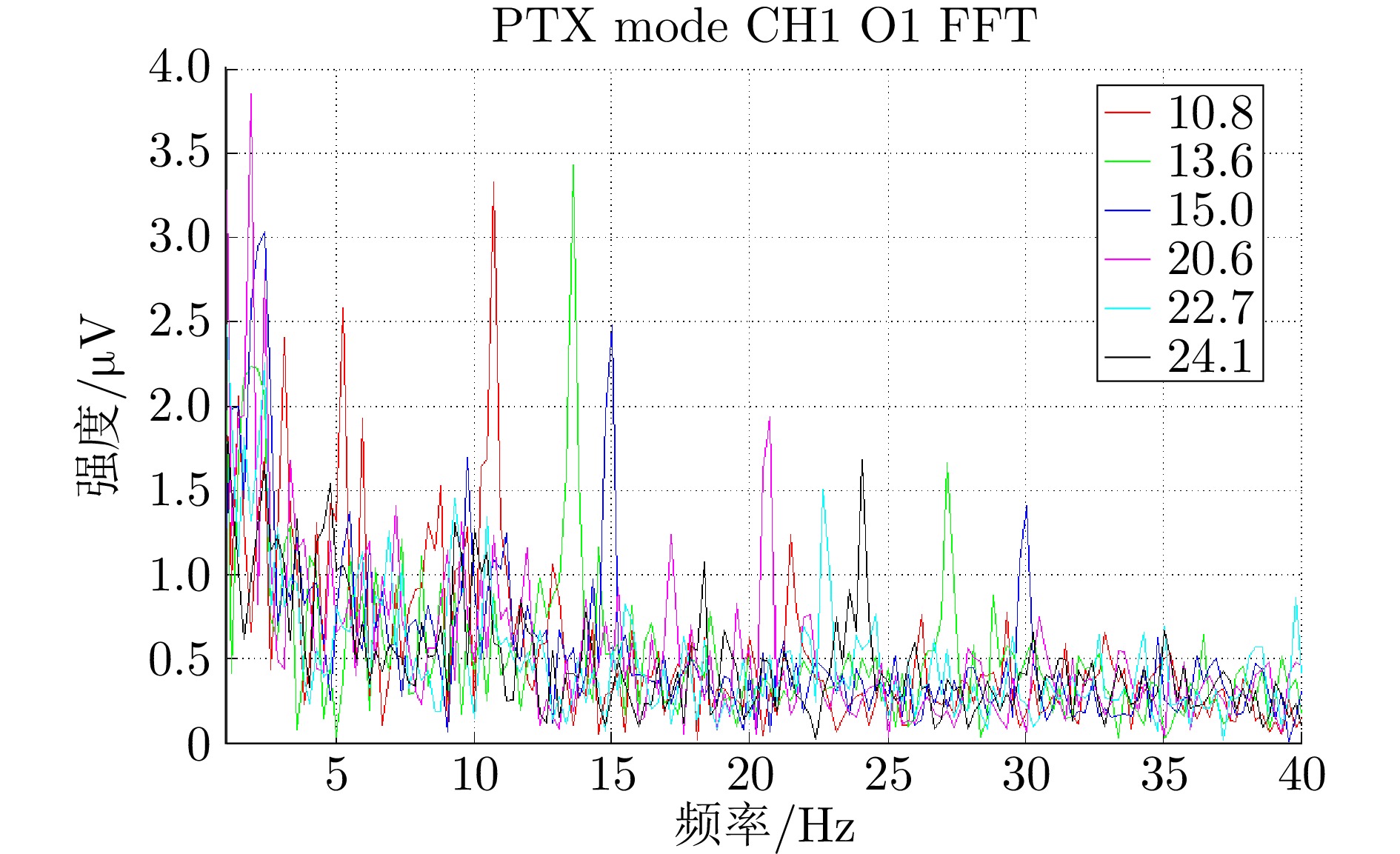-
摘要: 介绍一种自主研发的无线可穿戴非侵入式脑电信号采集技术: SignBrain (型号P). SignBrain设备为爪形结构, 设计符合国际10-20导联标准, 具有18个盐水电极, 配合万向活动抱紧部件, 始终保持电极与头皮紧密接触, 弥补了头型较大、发量较多佩戴使用的问题. 设备不用打导电膏实现“即戴即用”的使用方式, 采集的脑电信号通过低功耗蓝牙实时传输至软件系统, 系统支持在线阻抗检测、Marker同步记录等功能. 同时研发了与设备配套的PC端软件、应用接口以及移动终端(手机、平板电脑等)软件, 能在线、离线、远程查看数据. SignBrain技术已在临床医院及相关单位完成小批量的试用, 通过脑机交互领域中闭眼想象写字实验、高频视觉诱发实验来验证设备的可靠性及稳定性. 关于设备的开发和应用讨论请访问网站: www.SignBrain.cn.Abstract: This manuscript introduces a self-developed wireless wearable non-invasive electroencephalogram (EEG) technology: SignBrain (model P). The SignBrain device has a claw-shaped structure and is designed to meet the international 10-20 electrode layout standard. It has 18 saline electrodes and is equipped with a universal shaft structure to keep the electrodes in close contact with the scalp all the times, making up for the problem of a larger head or more hair. The device does not require conductive gel and can be worn at any time. The collected EEG signals are transmitted to the software system in real time via low-power Bluetooth. The system supports online impedance detection and Marker synchronous recording. Furthermore, we developed PC software, application programming interface and mobile terminal (mobile phones, tablets, etc.) software to match the device, which can view retrospective data online, offline and remotely. SignBrain devices have been tested in batches in clinical hospitals and related units. The reliability and stability of the device have been verified through closed-eye imagination writing experiments and broad frequency steady state visually evoked potential experiments in the field of brain-computer interaction. For detailed discussion on the development and application of the device, please visit the homepage: Www.SignBrain.cn.
-
Key words:
- SignBrain /
- electroencephalogram /
- wearable /
- non-invasive /
- brain-computer interface
-
表 1 SignBrain与现有厂商便携脑电设备的技术指标对比
Table 1 Comparison of technical index between SignBrain and the existing manufacture portable EEG devices
表 2 SignBrain设备与德国BP设备技术指标对比
Table 2 Comparison of technical index between SignBrain device and German BP device
对比参数 SignBrain BP 通道数量 16 32 采样频率(Hz) 976 5 000 A/D分辨率(μV) 0.53 0.10 输入动态范围(μVpp) ± 17578 ± 16384 阻抗 实时阻抗 非实时阻抗 共模抑制比(dB) ≥ 111 ≥ 110 噪声(μV) ≤ 1 < 1 电极材质 Ag/AgCL Ag/AgCL 表 3 不同模型在SignBrain数据集上进行抑郁分类效果
Table 3 The performance of different models in classifying depression on the SignBrain dataset
表 4 视觉皮层O1通道诱发频率与刺激频率的误差
Table 4 The error between the induced frequency of the O1 channel and the stimulus frequency
刺激频率(Hz) 10.8 13.6 15.0 20.6 22.7 24.1 实际诱发频率(Hz) 10.75 13.58 15.03 20.65 22.64 24.07 误差(%) 7.1 2.8 4.3 7.1 8.6 4.3 -
[1] Sawan M, Salam M T, le Lan J, Kassab A, Gélinas S, Vannasing P. Wireless recording systems: From noninvasive EEG-NIRS to invasive EEG devices . IEEE Transactions on Biomedical Circuits and Systems, 2013, 7(2): 186−195 [2] 国家质量监督检验检疫总局, JJG 1043-2008, 脑电图机检定规程, 2008.General Administration of Quality Supervision, Inspection and Quarantine of the People's Republic of China, JJG 1043-2008, Electroencephalographs, 2008. [3] 国家市场监督管理总局, GB 9706.226-2021, 医用电气设备 第 2-26 部分: 脑电图机的基本安全和基本性能专用要求, 2021.State Administration for Market Regulation, GB 9706.226-2021,Medical Electrical Equipment——Part 2-26: Particular Requirements for the Basic Safety and Essential Performance of Electroencephalographs, 2021. [4] American Electroencephalographic Society. Guidelines for standard electrode position nomenclature. Journal of Clinical Neurophysiology, 1991, 8: 200−202 [5] Greentek Company. Sintered Ag/AgCl electrode [Online], available:https://www.medicalexpo.com.cn/prod/wuhan-greentek/product-118176-1004859.html, October 5, 2024 [6] Shad E H T, Molinas M, Ytterdal T. Impedance and noise of passive and active dry EEG electrodes: A Review. IEEE Sensors Journal, DOI: 10.1109/JSEN.2020.3012394 [7] Advantages of nylon [Online], available: https://voltplastics.com/ about-us/ news-and-articles-page/66/advantages-of-nylon, October 14, 2024 [8] 左年明, 蒋田仔. 穿戴式脑认知检测和调控无线闭环设备及方法, 中国CN114916939B, 2022-11Zuo Nian-Ming, Jiang Tian-Zi. Wireless Wearable Brain Cognitive Detection and Control Closed-loop Device, China Patent 114916939B, November 2022 [9] 左年明, 张鑫, 蒋田仔, 张玉瑾, 刘浩. 一种可穿戴式光电同步脑活动无线监测设备, 中国CN104207770A, 2017-02Zuo Nian-Ming, Zhang Xin, Jiang Tian-Zi, Zhang Yu-Jin, Liu Hao. Wearable Optoelectronic Synchronous Brain Activity Monitoring Device, China Patent 104207770A, February 2017 [10] 左年明, 张鑫, 蒋田仔, 张玉瑾, 刘浩. 一种可穿戴式无线脑血氧监测设备, 中国CN204072104U, 2015-01Zuo Nian-Ming, Zhang Xin, Jiang Tian-Zi, Zhang Yu-Jin, Liu Hao. Wearable Wireless Brain Blood Oxygen Monitoring Device. China Patent 204072104U, January 2015 [11] 左年明, 张鑫, 蒋田仔, 陈良甫, 张玉瑾. 一种脑活动事件同步记录系统及方法, 中国CN104287726B, 2016-08Zuo Nian-Ming, Zhang Xin, Jiang Tian-Zi, Chen Liang-Fu, Zhang Yu-Jin. Brain Activity Event Synchronous Recording System and Method. China Patent 104287726B, August 2016 [12] Jiang T Z, Zuo N M, Zhang X, Zhang Y J, Liu H. Method for Storing Data of Photoelectrically Synchronous Brain Activity Recording, U.S. Patent 20170290524 A1, PCT/CN2014/086904, October, 2019 [13] 左年明, 蒋田仔, 孟庆桐. 基于数据裁剪的脑电数据蓝牙传输系统, 中国CN114974497A, 2022-08Zuo Nian-Ming, Jiang Tian-Zi, Meng Qing-Tong. Bluetooth Transmission System of EEG Data Based on Data Clipping, China Patent 114974497A, August 2022 [14] Emotiv EPOC headset [Online], available: https: //www.emotiv.com, December 4, 2024 [15] GCX headset [Online], available: https://www.cgxsystems.com, December 4, 2024 [16] gtec headset [Online], available: https://www.gtec.at/product, December 4, 2024 [17] BP BrainAmp DC [Online], available: https://www.brainproducts.com, December 4, 2024 [18] 姜婉清. 基于迁移学习的脑电信号情绪识别算法研究 [硕士学位论文], 中国科学院大学, 中国, 2023.Jiang Wan-Qing. EEG Emotion Recognition Based on Transfer Learning [Master thesis], University of Chinese Academy of Sciences, China, 2023. [19] Long M S, Cao Y, Wang J M, Jordan M I. Learning transferable features with deep adaptation networks. In: Proceedings of the 32nd International Conference on Machine Learning. Lille, France: PMLR, 2015. 97−105. [20] Ganin Y, Ustinova E, Ajakan H, Germain P, Larochelle H, Laviolette F, et al. Domain-adversarial training of neural networks. Journal of Machine Learning Research, 2016, 17(59): 1−35 [21] Haeusser P, Frerix T, Mordvintsev A, Cremers D.Associative domain adaptation. In: Proceedings of the IEEE International Conference on Computer Vision. Venice, Italy: IEEE, 2017. 2765−2773. [22] Krzanowski W J. Principles of Multivariate Analysis. Oxford: Oxford University Press, 1988. -




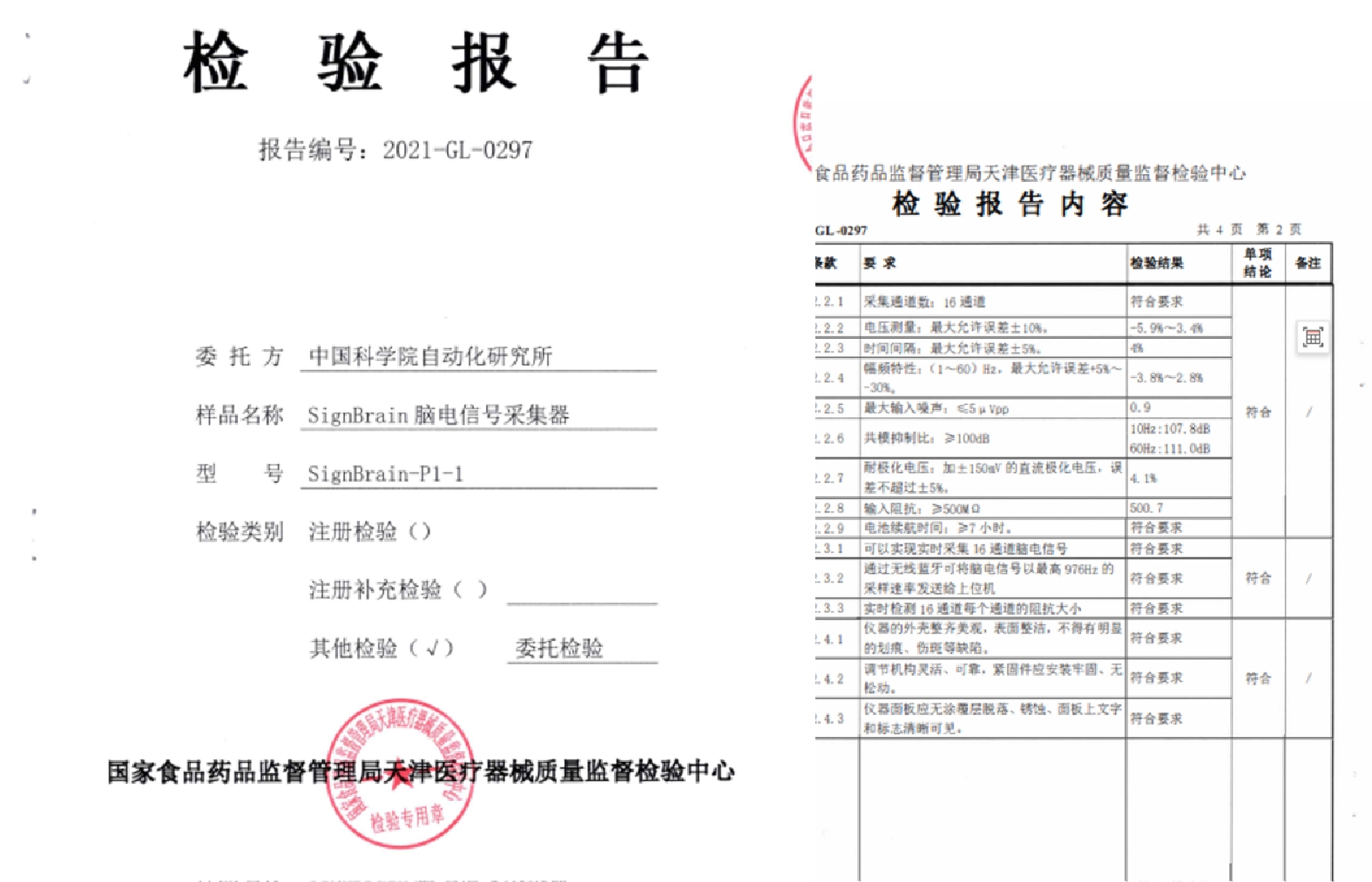
 下载:
下载:
